18 May 2020: Home learning
Good morning! I hope you all had a lovely weekend.
Here are today’s home learning activities.
Don’t forget to send me photos of your learning.
moortowneyfs@spherefederation.org
Phonics
Practise all the phonemes at Phonics Bloom.
Words to read:
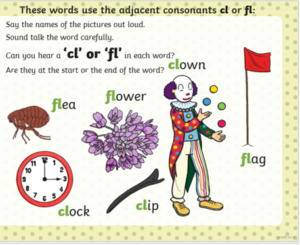
Read the sentences. Can you spot ‘cl’ or ‘fl’ in any words?

Literacy- Book of the week Sharing a shell by Julia Donaldson
Listen to the story
Draw or paint a picture of the characters.
Maths
Count to 20
Sharing
You can use counters, small toys or buttons to represent the shells and containers instead of buckets
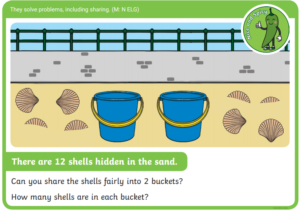
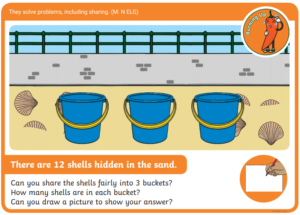
Draw three buckets with the 12 shells shared fairly.
Extra activity
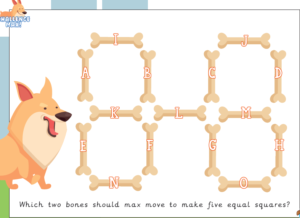
Use sticks or objects as bones. Remember-you can only move two sticks!
Have a lovely day!
Last week’s home learning
Wow! So impressed with all your learning. Keep sending me photos.
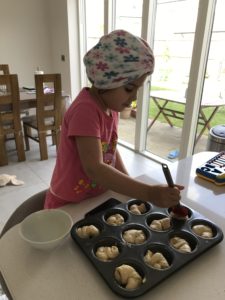
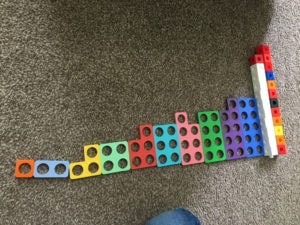
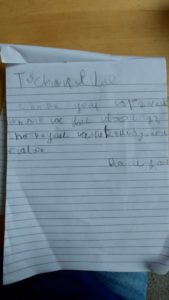
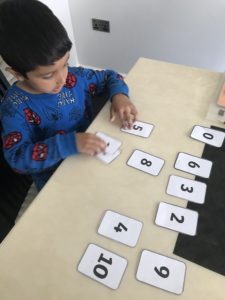
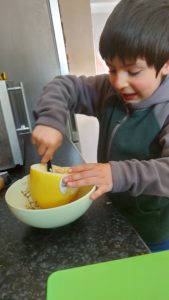
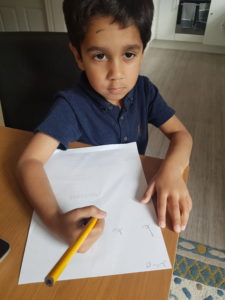
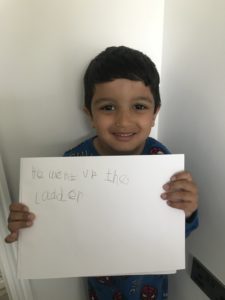
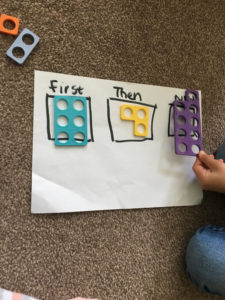
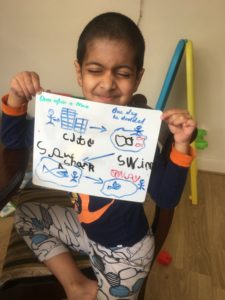
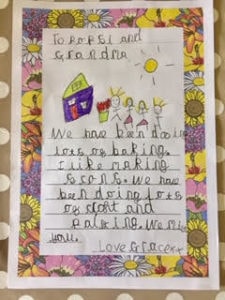
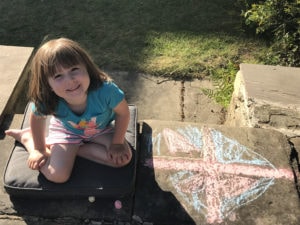
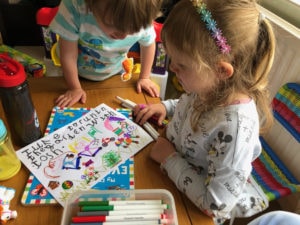
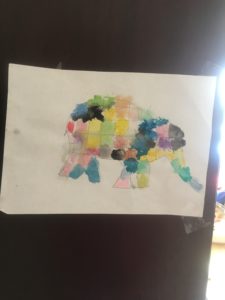
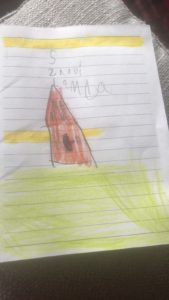
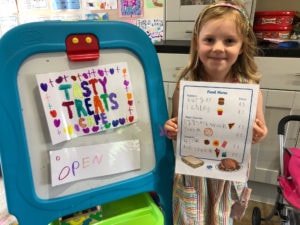
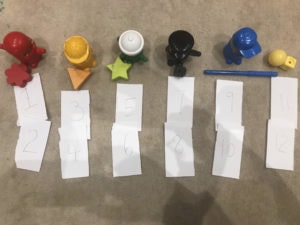
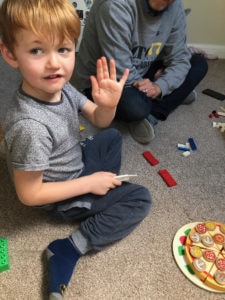
15 May 2020: Home learning
Good morning!
Welcome to Friday’s home learning tasks.
Phonics
Words to read:
The following words have a digraph in them. Can you point to the digraph in each word?
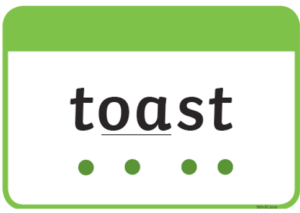
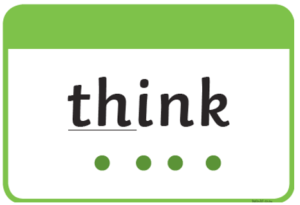
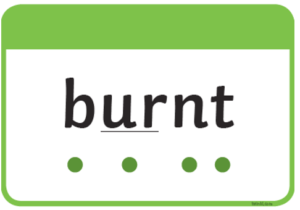
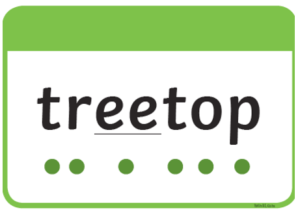
Words to write:
thump, boost, shelf, joint
Phonics activity
Rhyming
Watch this Bitesize lesson on the rhyming game.
Literacy- storytime
Listen to this funny story.
Did you like the story?
What was your favourite part?
Why not draw a picture?
Maths
- Hold up one finger for each number 1-4 then high five on 5
- Hold up one finger on your other hand 6-9 then wave both hands on 10
- Continue these actions on each 5 and 10 to 100
Extra activity
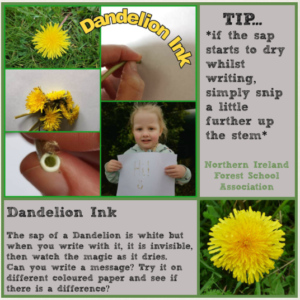
Have a great weekend!
14 May 2020: Home learning
Hi everyone!
I’ve seen some lovely learning this week. Keep it up!
Phonics
Words to read:

Practise letter names by singing the alphabet.
Handwriting
Let’s practise long ladder letters.
Literacy – A map making treasure hunt!
Make a map of a room, the inside of your house, or your garden.
Write the names next to the different objects and areas on your map so that people can see where to go- you might even want to write sentences as clues for example; ‘On top of the desk’.
You might want to add x marks and hide your favourite toys or other items for your grown-ups to find! Your map might look something like this…
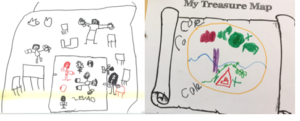
Maths
Counting practise
- Together, count to 20
- Take turns to repeat this, BUT you give each other a number you mustn’t say Eg Amit tells mum she can’t say six
- Mum counts, “one, two, three, four, five, uh-oh. seven, eight” etc
- Now Mum tells Amit he can’t say four
- Play this several times
Measures-comparing size
Choose from the following activities- (you might even want to try a few over the next few weeks!):
- Use a spoon as a measuring device. Go around and see if things are the same size, shorter or longer than the spoon.
- Why not make a paper chain. Talk about this getting, longer, the more you add. You could measure it. You could also count the links together?
- Who is the tallest in your house? Who is the shortest and who is in the middle?
- Can you make a list or a collection of teeny, tiny things? What other words describe small?
- Which things are larger than e.g. a cow? Could it be a bus, a whale, a house, a car etc? Make a list or draw things.
- Make long and short play dough worms and snakes.
Important vocabulary:
Long, longer, shorter, short, wide, narrow, big, little, huge, immense, giant, minute, tiny, teeny, same, taller…. Can you think of any more size words?
Extra activity
Who can jump the furthest?
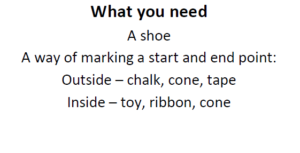
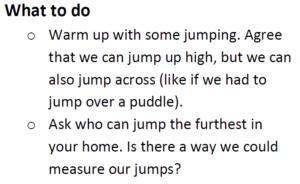
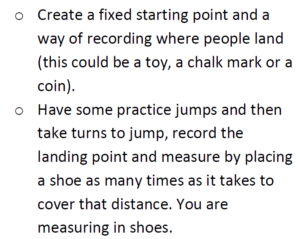
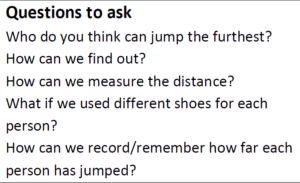
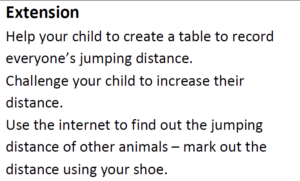
Enjoy your day!
13 May 2020: Home learning
Hello everyone!
I hope you are enjoying this week’s learning. Don’t forget to send me photos.
moortowneyfs@spherefederation.org
Today’s learning activities
Phonics
Practise recognising and saying all the sounds at Phonics Bloom
Phase 2
Phase 3
Words to read:

Words to write:
just, gulp, felt, land
Use your ‘phoneme fingers’ or point to the sound buttons to help. How many sounds are in these words?
Don’t forget there are daily phase 2 and phase 3 lessons at Letters and Sounds for home and school.
Phonics activity Yes or No?
Write yes and no on two separate pieces of paper and put them at either side of the room.
Read one question at a time and run to either yes or no.
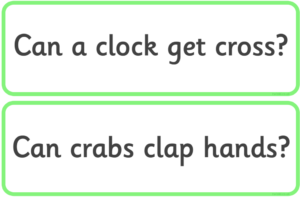
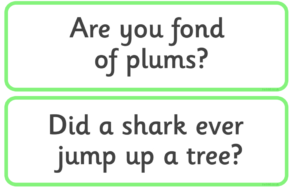
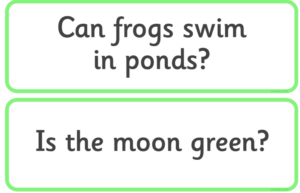
Literacy- Story Time.
Tell a story together using the ‘my turn, your turn’ method.
You – Once upon a time there was
Child…
You – Who lived in
Child…
You – One day, he/she decided to
Child…
Have fun and be creative!
Please send me your stories – we would love to hear them!
Challenge
Draw a story map of your story using pictures and labels.
Maths
Use this video to get your body moving and counting!
Activity- Counting on





Challenge
Can you write the addition sentence?
Add with Numberblocks
Extra activity
Draw your home
You will need:
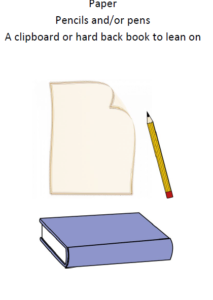
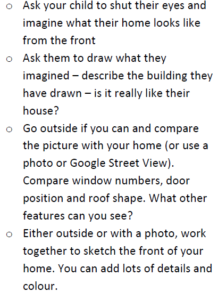
Have a lovely day!
12 May 2020: Home learning
Good morning, Reception.
Here are today’s home learning activities.
Phonics
Read all the ‘tricky’ words.
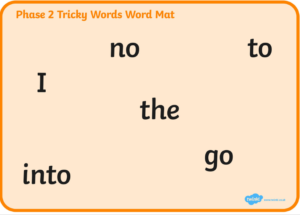
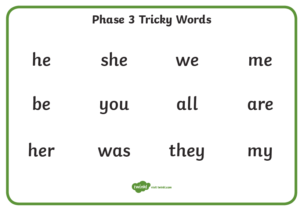
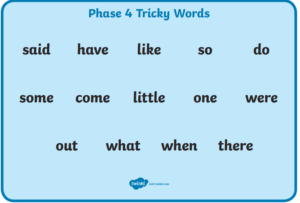
Can you see the part of each word that is ‘tricky’?
Practise some tricky words here.
Let’s revisit the phoneme ‘er’
Watch BBC Bitesize.
Phonics activity
Write a sentence. (Adult to read)
He went up the ladder.
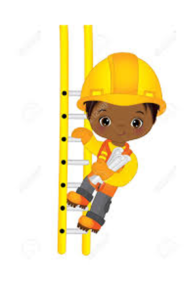
Literacy Role Play
Ask your child to take your lunchtime order – try make it really extravagant!
They can use their exercise book or a piece of paper to write it down in a list using their phonic knowledge.
a hotdog with ketchup,
some crisps,
an ice cream… and more.
a hotdog with ketchup,
some crisps,
Don’t forget- let your child write the words independently using their phonic knowledge. They don’t have to be correct eg ighs creem.
Swap over so they can have a go at telling you their order.
Create a roleplay cafe. Write menu’s and signs.
Maths
Counting practise
- Ask your child to count to 20 slowly and carefully.
- Stop them by clapping once.
- They whisper the number they were going to say next.
Challenge
Try to do the same but counting backwards!
The number 13
Today we are going to continue to learn about thirteen.
Remember a teen number is one ten and some more.
Challenges
- Find 13 small things. Put them in two groups. How many are in each group? Draw your learning.
- Can you do 13 squats?
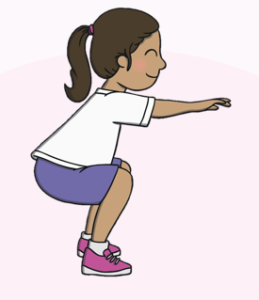
Watch Numberblocks
Extra activity

Have a great day!
11 May 2020: Home learning
Hello
I hope you’ve all had a great weekend. I went on a long bike ride to Harewood and Eccup. I saw lots of red kites and some rabbits.
What did you do? Let me know. I love receiving all your photos.
moortowneyfs@spherefederation.org
Today’s learning:
Phonics
Practise your sounds.
Oxford Owls is free at the moment.
Words to read:

Use your ‘phoneme fingers’ or point to the sound buttons to help. How many sounds are in these words?
Words to write:
scoop, frost, street, blend
Phonics Activity:
Write the sentence (Adult to read aloud);
I can smell the fresh green grass.
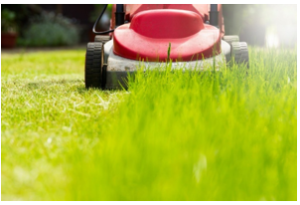
If your child needs more practise with blending use Letters and Sounds on youtube.
Please remember that whilst phonics is important to help children learn to read, there are many other things you can do to help your child during this time.
- Read to your child-don’t forget the importance of this.
- When reading with your child, choose more challenging texts, with more unknown vocabulary and concepts.
- Ask lots of questions about lots of different kinds of words. Where have they heard a word before? Can they think of a similar word ? How do words relate to real-life? For more tips on how to support your child go to OxfordOwl
Literacy- Letter Writing
Write a letter or send a picture to a family member or friend you are unable to see at the moment. You could tell them about the learning you have been doing and what other activities you’ve been up to. Remember to include: finger spaces, capital letters, full stops and to check your writing!
You could then put it in an envelope and go on a walk to post it in a post box.
Maths-Counting
Lay number cards 1-12 in line.
Ask your child to turn around while you swap two numbers, eg 12 and 2
Ask your child to count along the line and tell you when they reach a wrong number. Ask them to count on to the next wrong number. Can they sy which two numbers have been swapped?
Number Story
Use toys at home to make a number story.
E.g. “First there were 6 teddies having a picnic. Then 3 more teddies came along to join them. Now there are 9 teddies altogether. Use the template below to record your learning.
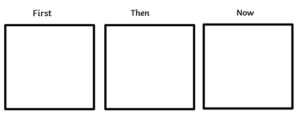
Challenge
Can you think of a number story using subtraction?
E.g. “First there were 10 people on the bus. Then 2 people got off at the next stop. Now there are 8 people on the bus.”
Extra activity
Set up and run a shop.
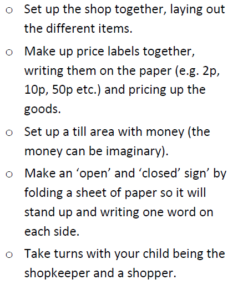
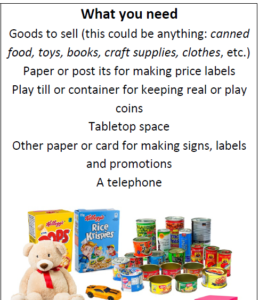
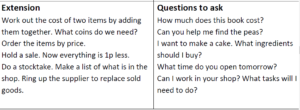
Have a great day!
Home learning
Lots of great learning last week.
I love seeing all the learning that is going on and I’m really impressed with how creative Reception parents are!
Well done!
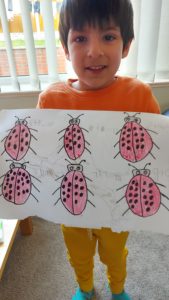
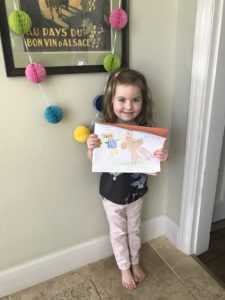
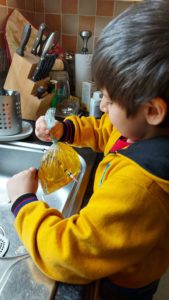
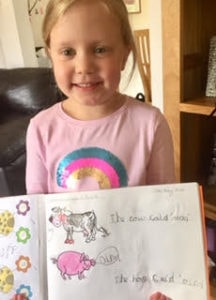
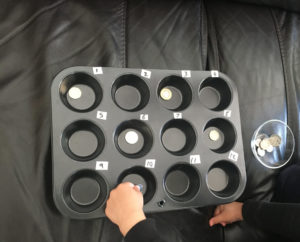
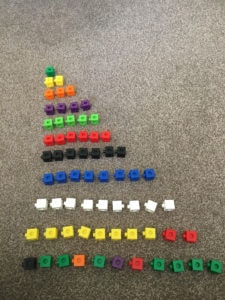
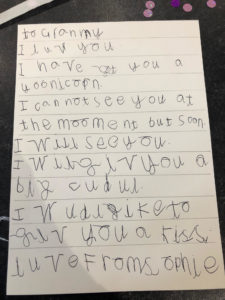
08 May 2020: Home learning
Good morning!
Today is a Bank Holiday to celebrate VE Day.
The activities today are a little bit different.
Have fun!
For information and ideas of how you can celebrate at home click here.
- Make some bunting
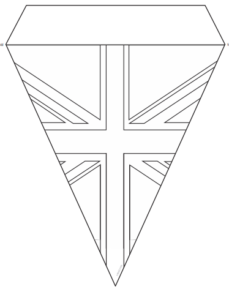
- Colour a Union Jack
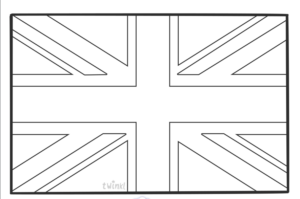
- Make some cupcakes
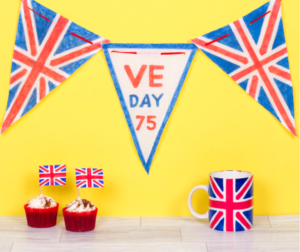
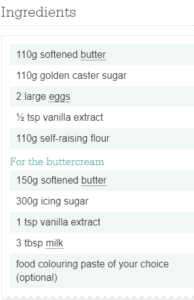
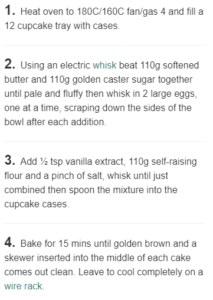
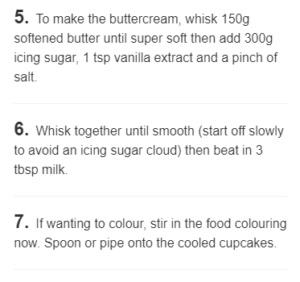
More ideas here
Storytime
Listen to one of our favourite stories here
Have a great day and a lovely weekend!
Don’t forget to send me photos!
07 May 2020: Home learning
Good morning, Reception!
How are you all getting on with your learning? Please let me know.
moortowneyfs@spherefederation.org
Here are today’s tasks.
Phonics
Today we will revisit the trigraph ure
Can you remember what a trigraph is?
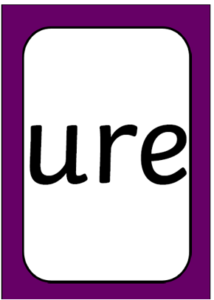
Watch this BBC Bitesize clip
Words to read


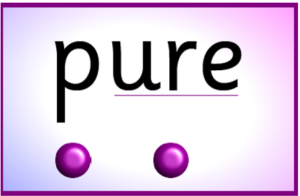
Can you point to the trigraph?
Handwriting
Let’s practise our curly caterpillar letters.
Literacy
Story of the week: What the ladybird heard by Julia Donaldson
Retell the story using a story map.
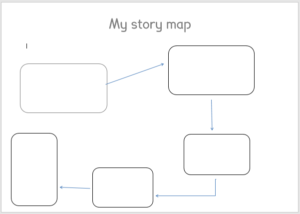
Maths
Counting practise
- Take a cup and ten identical coins
- Ask your child to sit facing away from you and the cup
- One at a time, drop coins into the cup
- Your child must listen and count
- When you stop, they tell you how many coins are in the cup
- Repeat several times. Can they be correct three times in a row?
Challenge
- Drop coins into the cup with your child’s eyes shut
- Take one out
- How many are left?
Shape
Cut out simple 2D shapes from paper. Make different sizes and colours.
Can you describe the properties of the shapes? Talk about the number of sides and size.

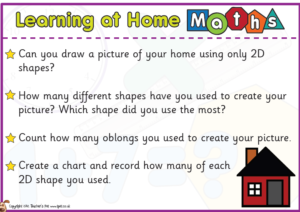
Have a fun day!